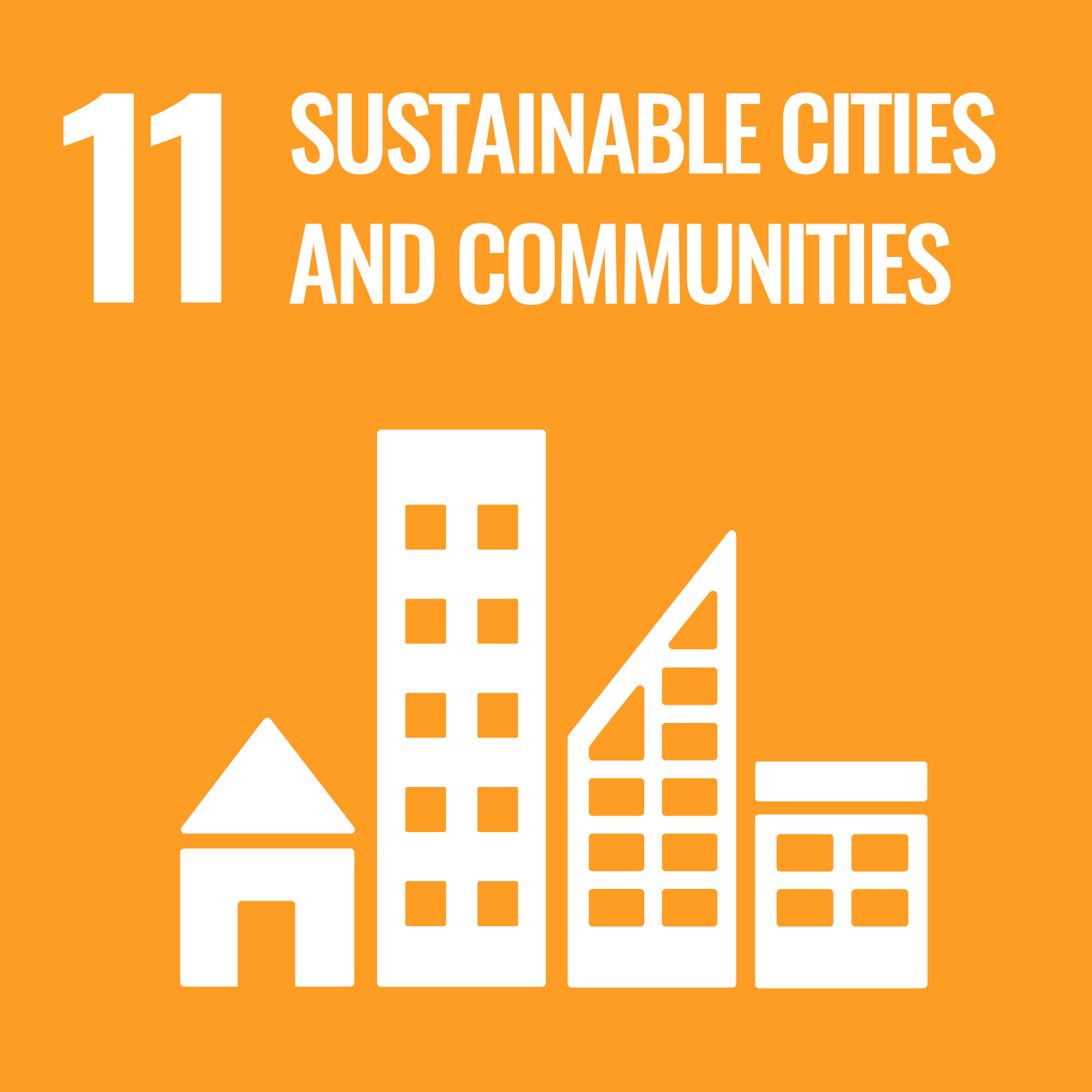SDGs Goal 11 Sustainable Cities and Communities
SDGs Goal 11 is "Sustainable Cities and Communities" - Make cities and human settlements inclusive, safe, resilient and sustainable
Sustainable Cities and Communities
SDGs Goal 11 is “Sustainable Cities and Communities” - Make cities and human settlements inclusive, safe, resilient and sustainable.
The world is becoming increasingly urbanized. Since 2007, more than half the world’s population has been living in cities, and that share is projected to rise to 60% by 2030.
Cities and metropolitan areas are powerhouses of economic growth—contributing about 60% of global GDP. However, they also account for about 70% of global carbon emissions and over 60% of resource use.
The world’s cities occupy just 3 % of the Earth’s land, but account for 60-80% of energy consumption and 75% of carbon emissions.
https://www.un.org/sustainabledevelopment/cities/
What’s been suggested?
Goal 11 Sustainable Cities and Communities has got the following 10 targets (https://www.un.org/sustainabledevelopment/cities/).
11.1 By 2030, ensure access for all to adequate, safe and affordable housing and basic services and upgrade slums
11.2 By 2030, provide access to safe, affordable, accessible and sustainable transport systems for all, improving road safety, notably by expanding public transport, with special attention to the needs of those in vulnerable situations, women, children, persons with disabilities and older persons
11.3 By 2030, enhance inclusive and sustainable urbanization and capacity for participatory, integrated and sustainable human settlement planning and management in all countries
11.4 Strengthen efforts to protect and safeguard the world’s cultural and natural heritage
11.5 By 2030, significantly reduce the number of deaths and the number of people affected and substantially decrease the direct economic losses relative to global gross domestic product caused by disasters, including water-related disasters, with a focus on protecting the poor and people in vulnerable situations
11.6 By 2030, reduce the adverse per capita environmental impact of cities, including by paying special attention to air quality and municipal and other waste management
11.7 By 2030, provide universal access to safe, inclusive and accessible, green and public spaces, in particular for women and children, older persons and persons with disabilities
11.A Support positive economic, social and environmental links between urban, peri-urban and rural areas by strengthening national and regional development planning
11.B By 2020, substantially increase the number of cities and human settlements adopting and implementing integrated policies and plans towards inclusion, resource efficiency, mitigation and adaptation to climate change, resilience to disasters, and develop and implement, in line with the Sendai Framework for Disaster Risk Reduction 2015-2030, holistic disaster risk management at all levels
11.C Support least developed countries, including through financial and technical assistance, in building sustainable and resilient buildings utilizing local materials
Why that’s important?
The link above also had got a brief report Why It Matters
Half of humanity – 3.5 billion people – lives in cities today and 5 billion people are projected to live in cities by 2030.
95 % of urban expansion in the next decades will take place in developing world
Rapid urbanization is exerting pressure on fresh water supplies, sewage, the living environment, and public health.
828 million people live in slums today and most them are found in Eastern and South-Eastern Asia.
Cities account for between 60 and 80% of energy consumption and generate as much as 70% of human-induced greenhouse gas emissions
90% of urban growth is forecasted to happen in Asia and Africa in the next 30 years.
By 2050 70% of the world population is predicted to live in urban settlements.
How far are we?
In addition to “Why It Matters” above, Sustainable Development Goals Report shows the key points of the latest situation and prograss related to Goal 11.
The world’s urban areas fall well short of the target for streets and open public spaces, which are currently about 16% on average according to data from a sample of 911 cities from 114 countries in 2020. This is well below the UN-Habitat recommendation of 30% streets and an additional 10 to 15% open public spaces.
…Again, I will read studies and reports relevant to this goal and keep updating this post or even write an individual post!

